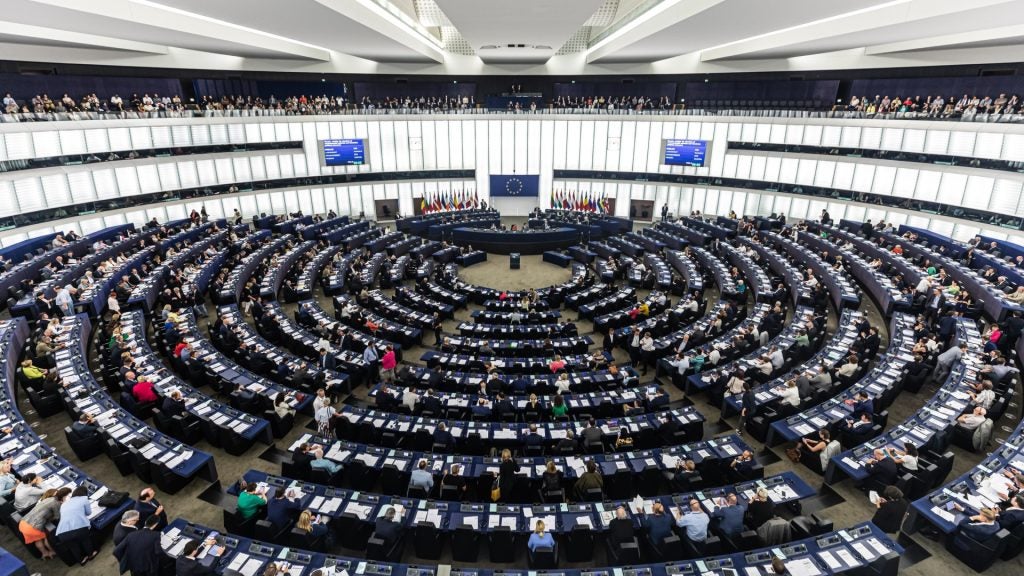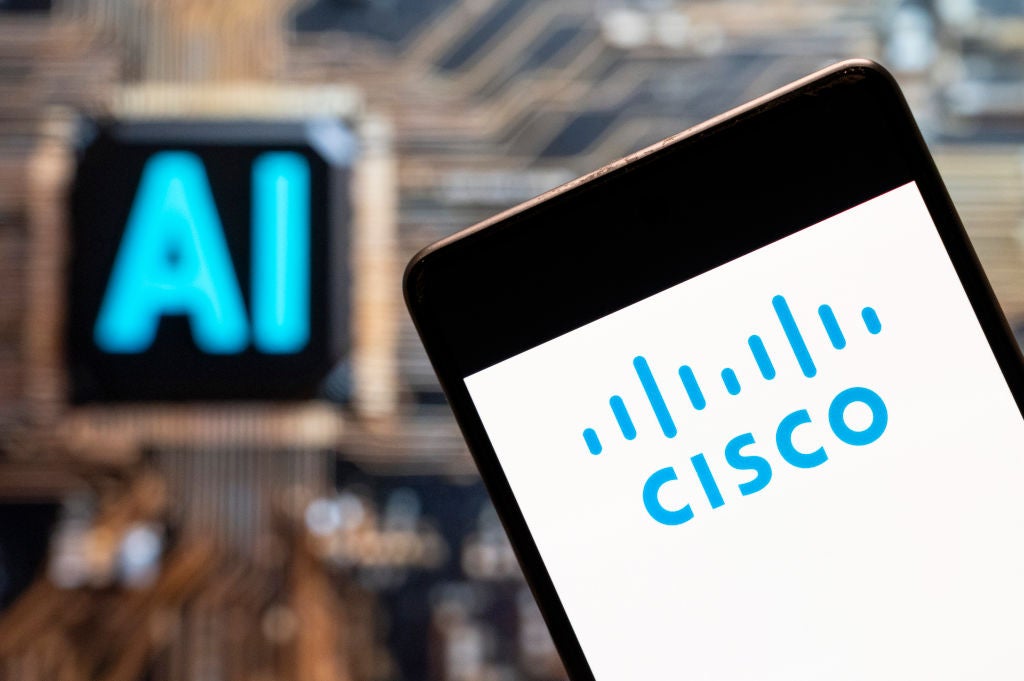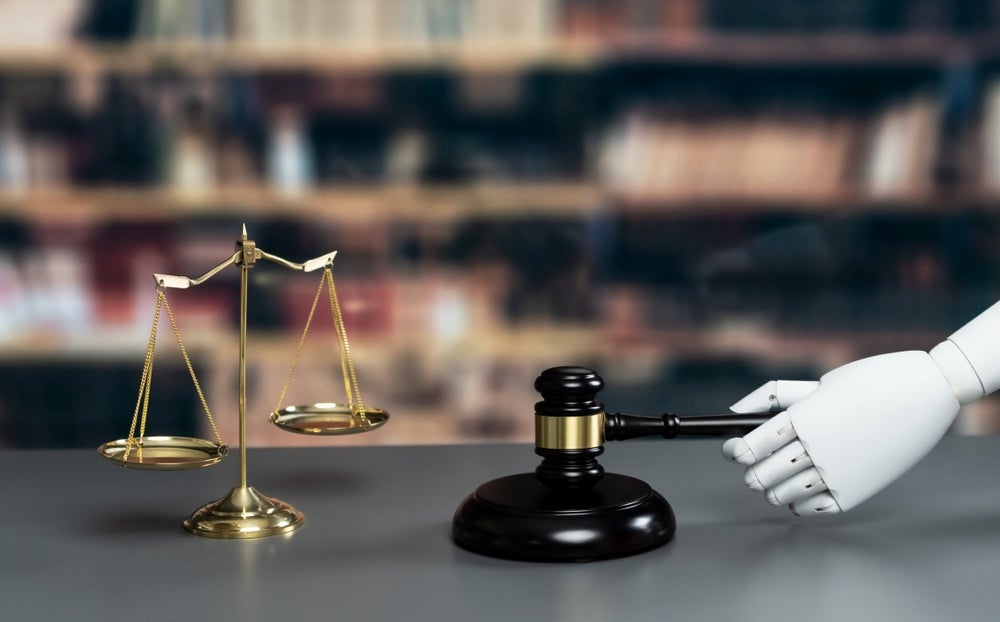
Cortexica, the visual artificial intelligence (AI) firm based in London, may be the most important company in retail that fashion fans have never heard of.
Born out of the bio-engineering department at Imperial College London, the UK firm uses its visual AI technology to make lives better for retailers across the world.
It’s celebrating its 10th birthday this year, but according to Cortexica’s chief solutions officer Alastair Harvey, the company is only getting started.
What is Cortexica?
Cortexica was spun out of Imperial College, based on AI research that had been going on for years beforehand, similar to Oxford University’s Innovation arm. The research focused on how to replicate parts of the human visual cortex, the part of the human brain which sees and recognises objects in vision, hence the name Cortexica.
For instance, when we look at a dress, we look at the visual aspects of colour, pattern, the repetitive prints it may have, its lights, shades and shape. We then analyse it, without even thinking about it.
This is the process that Cortexica’s technology replicates.
How well do you really know your competitors?
Access the most comprehensive Company Profiles on the market, powered by GlobalData. Save hours of research. Gain competitive edge.

Thank you!
Your download email will arrive shortly
Not ready to buy yet? Download a free sample
We are confident about the unique quality of our Company Profiles. However, we want you to make the most beneficial decision for your business, so we offer a free sample that you can download by submitting the below form
By GlobalDataHarvey says:
Rather than machine learning, which is quite repetitive, that can tell something is a phone by showing loads of images. Our technology is different; all the little process in our head, that’s what we replicated to analyse what we see.
In addition, due to Cortexica’s links to Imperial and the research that powers the company, it considers its AI to be real intelligence. “We’re an expert in unsupervised learning, where the machine teaches itself. It’s organic, it learns in the same way we do.”
He tells Verdict:
Cortexica didn’t just start up and use other people’s technologies with our face on it. It is all our own patented, in-house technologies. Amongst all the noise of AI, this is becoming quite a big determining factor in why companies are coming to us.
These are distinctions that have helped Cortexica to grow the way it has. It achieved 200 percent turnover in 2017 compared to in 2016 and is predicted to do more again this year. In addition, the company is seeking a Series B funding round in early 2018 to secure the funds to keep the momentum going.
Where does visual AI fit into retail?
Cortexica’s main business is in the retail industry. This first came out of a partnership with eBay, around early 2010.
“They wanted us to help identify cars for their online motor section. If you wanted to find a car on eBay, say a Pontiac, you could take a photograph of one and then eBay would find all the Pontiac vehicles in your location,” explains Harvey.
eBay decided not to pursue this as a commercial option, however, it was a lightbulb moment for Cortexica. “We started in retail, on the back of eBay, dealing with e-commerce. Being able to have an app, take a photograph, and identify an item of clothing. Then you can bring it out of the retailer’s inventory, and press buy.”
Cortexica has made this visual search possible for the likes of John Lewis, Macy’s and Zalando. “In the past three years, this technology has really advanced. But it’s only in the last six months that we have started to see the retail e-commerce side really say ‘wow.”
One exciting moment for the company was when it launched a style seeker app with Hammerson, which recently merged with Intu to create the UK’s biggest property company.
Harvey says:
“This was interesting. Hammerson didn’t want the technology for transactional purposes. They wanted to increase footfall and dwell time in the shopping centres to assist their clients to have more sales.”
Instead, the Hammerson app used visual AI to match products with similar items in Hammerson’s Brent Cross shopping centre. Harvey describes this tie-up between the online experience and the real-life shopping moment as the unity of “click and brick”.
“Join the digital to the physical. Get that right and you’ve got a successful business.”
Retail search apps are a busy space
Cortexica has competition from an unlikely source: Kim Kardashian. The multi-millionaire launched her own retail search app earlier this year, named ScreenShop, created by app developer Craze. Fans can upload images of outfits they like before the app uses AI to find similar products.
Harvey isn’t concerned by the competition, however. “Due to the open source accessibility of places like Google, you can have access to portals and backlogs for AI. But what we do has taken us over 15 years of research, millions of pounds and lots of people. Not all things are the same.”
As well, he puts out, Cortexica uses its own code to fit each project they work on. “If you’re using Google or Testflow or any of these open-sourced things, you have to use their systems, their schemer, their way. We’re a different engine.”
All of this costs money, however. Of the 45 people that work for the firm, 38 of those are R&D researchers. “We’re in-house R&D heavy and that’s expensive,” says Harvey.
This is one of the reasons Cortexica decided to not just put out its own fashion finder app, and instead work with retailers on providing the technology.
“The model of doing a shopping app of our own, as we’re not a retailer, we would have to sit over an affiliate. The retailers host their products in an affiliate, you buy access, you sell, and get the commission. Even if you’re massively successful, it still doesn’t bring in enough money to keep a big R&D team going.
“Whereas, we position ourselves as the go-to people to solve other people’s problems, who also couldn’t bring in 20 years of research and a team like this in.”
What’s next for Cortexica?
The company is going to be raising funds in a Series B round this year to fund its research and the expansion of its team. But, in terms of its vision AI, there’s one area that stands out: video.
“Video is forming about 70 percent of my inquiries at the moment.”
The company developed a project for Virgin Money back in 2008, using its AI to analyse how often Virgin’s sponsorship branding in the London Marathon was visual during the race on live TV.
From a mast in Imperial College, we could track and analyse every instance of their logo in live camera. We put it out to the market and no one wanted to buy it. Now, everyone is saying, let’s do video. And we can say we’ve already done it.
Cortexica has been trialling this in a retail sense. For instance, you could be watching a TV show on your tablet and you like a coat a character is wearing.
“It’s technically possible that you could be watching in real time, and say I love that, then press it and it brings it up and you can see where it is available. We can do that now.”
As well, there is space for this to work in back operations too. Cortexica’s action recognition technology can analyse people’s movements and notice when something goes awry.
“Take a jewellers’ and someone is trying on an engagement ring. The ring is allowed to come out of the case for a bit, then the shop assistant turns their back. If the ring doesn’t go back in the case, it sets an alarm off.
“But we don’t do facial recognition. That’s entirely different. You either do facial recognition or you do everything else.”
Read more: Cortexica predicts how vision AI will shape retail in 2018
It’s not just retail that Cortexica’s technology fits into. Harvey has also been working with the US tech company NVIDIA, to discuss how AI could work in medical imaging and processing. As Cortexica looks to improve the amount of data and information it can extract from images, healthcare is a natural next step.
“Anything that is in an image can be analysed. X-rays, for instance for inclusions of cancer, or analyse and track blood cells if there’s abnormalities,” says Harvey.
“We’ve had a few interesting enquiries about that from big manufacturers, what could you do to provide even 40 percent of the analysis before the consultant looks at it. That kind of stuff speeds things up, so one pers.”
However, as with anything to do with AI in the workplace, there is always the concern that it could contribute to job losses. But Harvey insists Cortexica’s AI isn’t out to do that. “The way I look at it, AI is not there to replace people.
“It’s to make people’s jobs and existing processes better,” he says. “We communicated before email, but now email is there. We’re doing the same thing, it’s just making people’s lives easier.”
Either way, 2018 is going to be a busy year for the company. Harvey says:
“I think we’re only scratching the surface of vision AI.”







